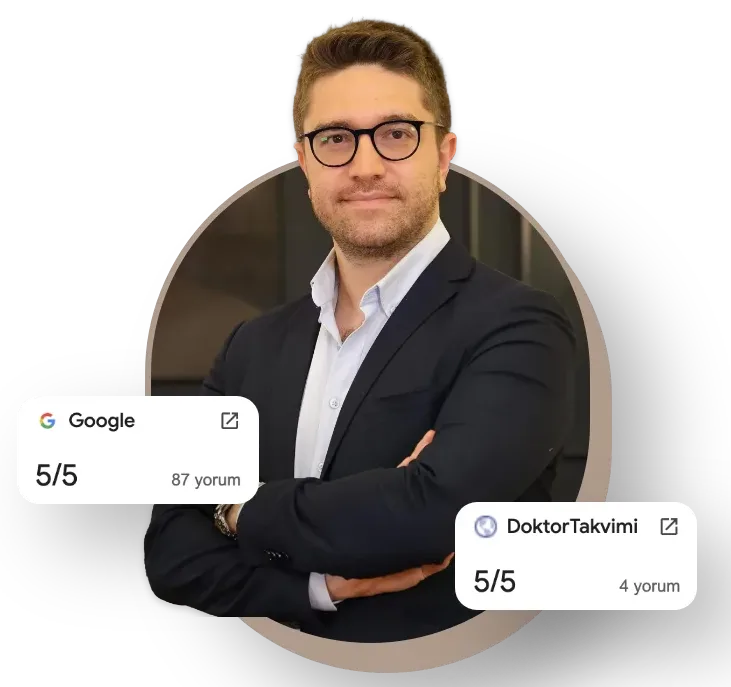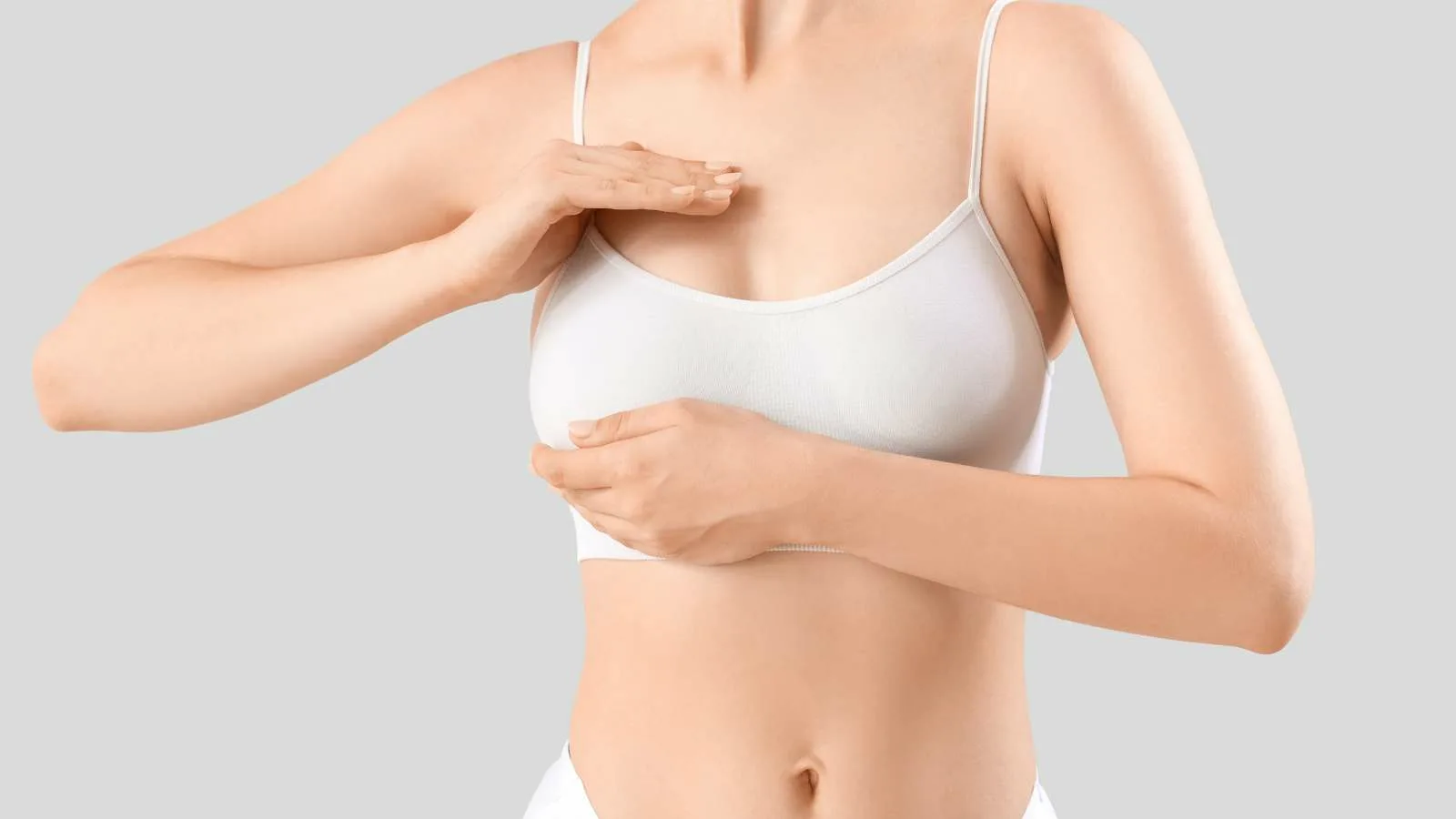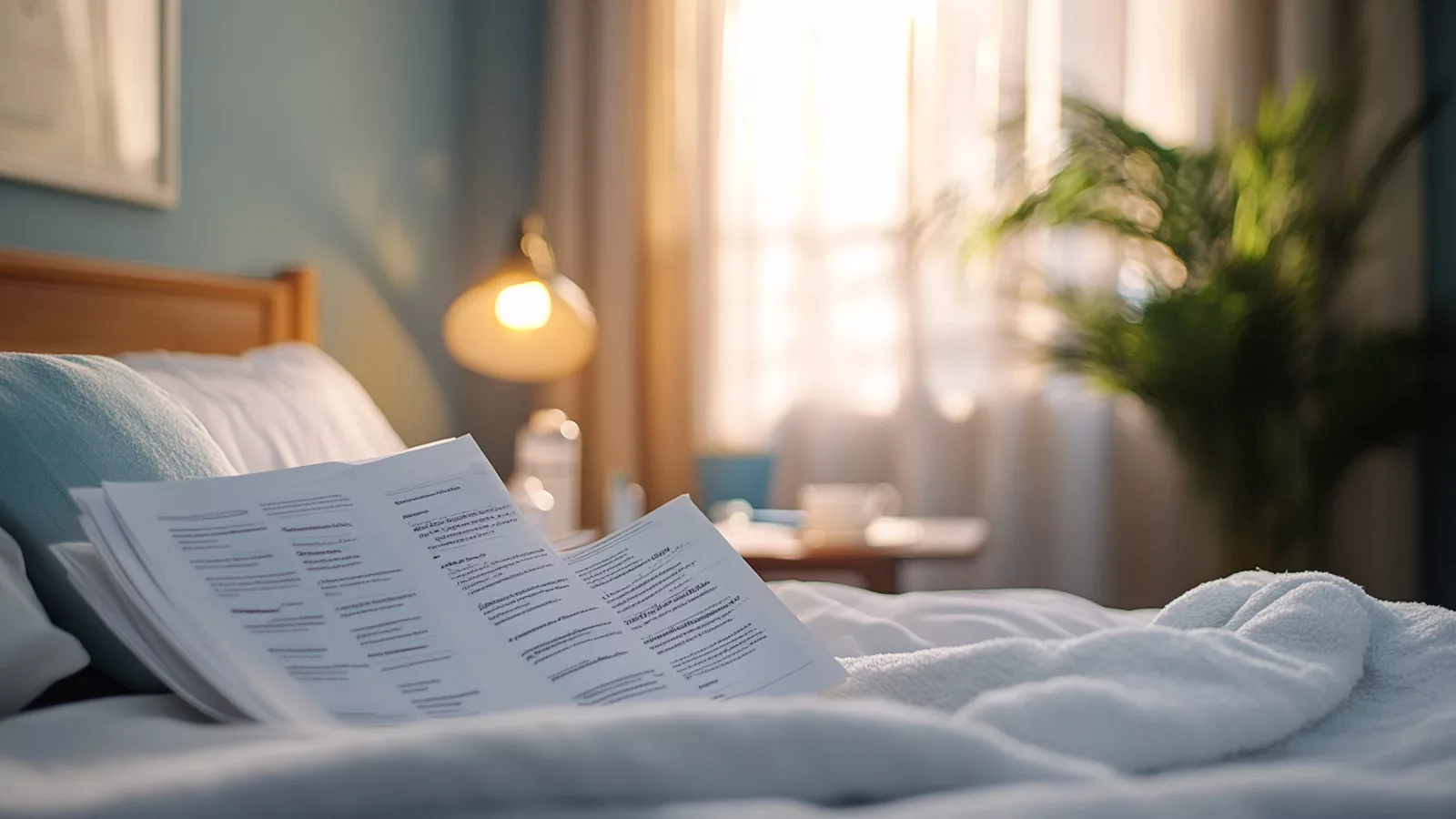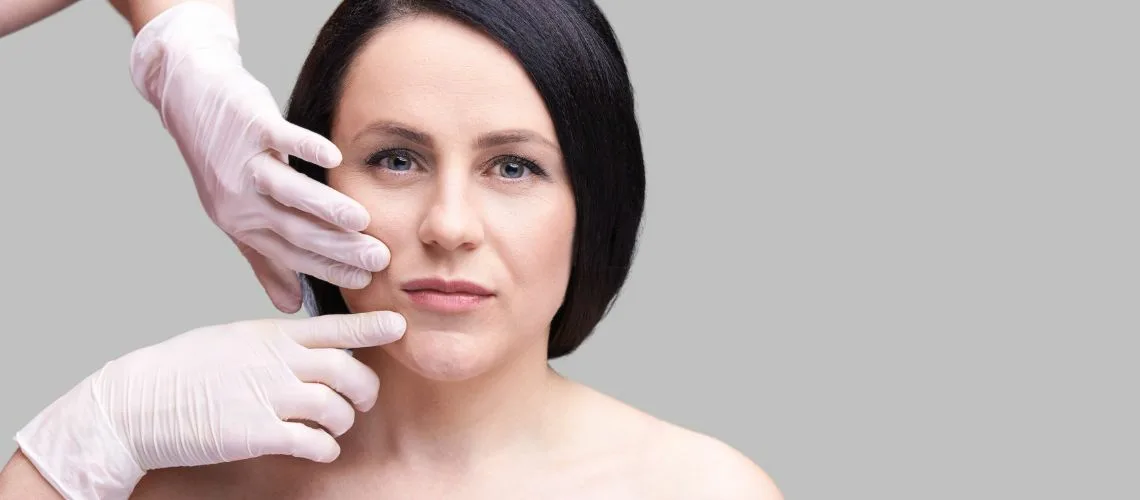The recovery process after liposuction surgery begins immediately, with patients experiencing mild swelling and bruising that gradually subside. Rest, controlled movements, and medical follow-up are essential for optimal healing and aesthetic results.
Post-liposuction healing time varies depending on the treated areas and individual factors. Wearing compression garments, maintaining hydration, and avoiding strenuous activity significantly accelerate recovery and reduce postoperative risks.
Pain management after liposuction is generally achieved with prescribed medication and proper care. Gentle walking is recommended to promote circulation, while patients should avoid excessive physical strain during the initial recovery phase.
Long-term results after liposuction become visible once swelling subsides, usually within several weeks. Maintaining a stable weight, balanced nutrition, and a healthy lifestyle are critical to preserving the aesthetic benefits of the procedure.
How Long Does the Recovery Process Usually Take After Liposuction?
The recovery period varies from person to person—much like a marathon. Initial noticeable recovery generally takes 4 – 6 weeks, but that’s only the beginning. Complete resolution of swelling and the final shaping of your body can take months—sometimes up to six months or longer. Why? Because every body heals at a different pace. Your age, overall health, genetic makeup, the technique used, and the amount of fat removed all affect this timeline. Patience is the key to this process.
What Happens Immediately After Surgery?
When the surgery ends you will find yourself in the recovery room. The medical team will monitor you closely until the effects of anesthesia wear off—usually between half an hour and a few hours. If a large volume of fat was removed or a large area treated, you may need to stay in the hospital overnight. When you wake up you will notice dressings on the treated areas and a tight compression garment on your body. Small tubes (drains) may be placed to remove internal fluid. Pain, swelling, and bruising are normal; you will be given pain medication.
What Should I Pay Attention to When Going Home and on the First Night?
You definitely should not drive after surgery. You must have a companion to drive you home and assist you during the first 24 hours. The first night you should mostly rest in bed, getting up only for basic needs with help. Before discharge your doctor will give detailed information on wound care, medication usage, precautions, and follow-up appointments. Listening carefully to these instructions is crucial.
What Is the First Week of Recovery Like?
The first week is usually the toughest. Focus on resting, managing pain, and observing your body’s reactions. Pain, swelling, and bruising can peak this week but usually begin to decrease after the first three days. Take the painkillers prescribed by your doctor regularly. Instead of staying in bed constantly, begin short and slow walks the day after surgery to boost circulation and reduce clot risk. Walking a few minutes every waking hour inside the house is enough.
How Should Compression Garment Use and Hygiene Be Handled in the First Week?
You must wear the special compression garment 24/7, even while sleeping, throughout the first week. It is critical for controlling swelling and edema. Typically after the first 48 hours you may remove it briefly to shower. Keep the incision sites dry for the initial 48 hours. You can usually start taking showers (not baths) on day 3 or when your doctor approves. Clean the area gently in the shower and dry it, then put the garment back on immediately. Bathing in a tub, hot tub, or swimming pool is strictly forbidden.
What Should Nutrition Be Like in the First Week and What Should I Watch For?
A mild nausea is possible after surgery; start with light foods such as soup or compote and plenty of fluids. Gradually return to your regular diet. Drinking lots of water helps the body flush toxins. Reduce salt to prevent excess swelling. Avoid alcohol completely. Painkillers can cause constipation; your doctor may recommend a stool softener. Keeping your legs and head slightly elevated while resting may be comforting. If you notice fever, increasing redness, or severe pain—signs of infection—contact your doctor right away.
Is It Normal to Experience Itching During Recovery?
Yes—itching in the treated area can be a normal part of healing. As nerves under the skin recover and your skin adapts to its new shape, this sensation may arise. The compression garment can also trigger itching. Moisturizing the skin (with your doctor’s approval) or antihistamines can provide relief. However, if itching is severe or accompanied by rash, inform your doctor.
What Should I Expect from the Second to the Sixth Week?
This phase is usually more comfortable. In weeks 2–3 you start feeling better. Swelling and bruising visibly diminish. If you have a desk job you can usually return to work. You may begin light activities but must avoid strenuous exercise and heavy lifting. Continue wearing the garment. By weeks 4–5 bruises generally disappear and swelling drops significantly. Results become more noticeable; numbness decreases. With your doctor’s approval you may resume light-to-moderate activities (walking, yoga). In some cases garment use may be reduced or discontinued at the end of this period.
What Happens After the Sixth Week?
By week 6 most swelling and bruising have subsided. Your doctor will usually allow you to stop wearing the garment altogether. You may return to normal exercise routines and more strenuous sport activities. Your body’s new shape is now much clearer. Remember small residual swelling can take months to fully resolve; final results often emerge completely between 1 and 6 months.
Why Is the Compression Garment So Important?
The garment you wear after liposuction is one of the most important aids in recovery—more medical tool than clothing. Its primary purpose is to apply constant, even pressure to minimize swelling and edema. It also reduces bruising, supports reshaped tissues, and helps your skin adapt smoothly to new contours. The more consistently and longer you wear it, the faster swelling subsides.
How Long and How Should the Garment Be Used?
The garment is generally worn for 4 – 8 weeks. For the first few weeks it must be worn day and night, except for brief removal to shower. In later weeks your doctor may adjust the duration or type based on your healing. The garment should be tight but never painful or make breathing difficult. If it causes discomfort, inform your doctor. Because swelling can temporarily increase right after showering, put the garment back on swiftly.
When Can I Return to Activity and Exercise?
Activity should resume gradually with your doctor’s approval. Begin short walks the day after surgery. Activities are very limited in the first week. In weeks 2–3 you may resume light daily tasks, but avoid strenuous exercise and lifting more than 4–5 kg (usually for the first six weeks). After week 4, with your doctor’s approval, start light-to-moderate workouts. More intense sports are generally allowed after 6–8 weeks. A temporary increase in swelling when you start exercising is normal.
How Should Incision Care Be Managed?
Although liposuction incisions are small, proper care prevents infection and helps scars heal optimally. Keep incisions clean and dry for the first 48 hours. Wait for your doctor’s approval (usually 24–72 hours) before showering. Wash gently with soap and water and pat dry—do not rub. Avoid tubs and pools until incisions heal fully (2–6 weeks or per doctor’s advice). Unless instructed, do not apply ointments. Examine incisions daily; notify your doctor immediately if you see increasing redness, warmth, swelling, purulent discharge, foul odor, or escalating pain.
When Is Sexual Activity Permitted After Liposuction?
This depends on the treated area, your healing speed, and overall comfort. Most doctors recommend waiting several weeks (e.g., 2 – 4 weeks or longer). Early activity can cause discomfort, pain, and increased swelling at the surgical site. Listen to your body and don’t rush. Always consult your doctor for the best timing.
What Should I Pay Attention to Overall During Recovery?
The most important points: follow your doctor’s instructions precisely, keep your follow-up appointments, listen to your body and allow it time. Adopt healthy eating habits and stay hydrated. If you smoke, quitting will accelerate healing. Wear the garment as recommended. Resume activity slowly and gradually. Follow your doctor’s advice for managing swelling and edema. Remember final results take months; be patient. If you have any concerns or unexpected issues, contact your doctor without hesitation.

Op. Dr. Erman Ak is an internationally experienced specialist known for facial, breast, and body contouring surgeries in the field of aesthetic surgery. With his natural result–oriented surgical philosophy, modern techniques, and artistic vision, he is among the leading names in aesthetic surgery in Türkiye. A graduate of Hacettepe University Faculty of Medicine, Dr. Ak completed his residency at the Istanbul University Çapa Faculty of Medicine, Department of Plastic, Reconstructive and Aesthetic Surgery.
During his training, he received advanced microsurgery education from Prof. Dr. Fu Chan Wei at the Taiwan Chang Gung Memorial Hospital and was awarded the European Aesthetic Plastic Surgery Qualification by the European Board of Plastic Surgery (EBOPRAS). He also conducted advanced studies on facial and breast aesthetics as an ISAPS fellow at the Villa Bella Clinic (Italy) with Prof. Dr. Giovanni and Chiara Botti.
Op. Dr. Erman Ak approaches aesthetic surgery as a personalized art, tailoring each patient’s treatment according to facial proportions, skin structure, and natural aesthetic harmony. His expertise includes deep-plane face and neck lift, lip lift, buccal fat removal (bichectomy), breast augmentation and lifting, abdominoplasty, liposuction, BBL, and mommy makeover. He currently provides safe, natural, and holistic aesthetic treatments using modern techniques in his private clinic in Istanbul.









